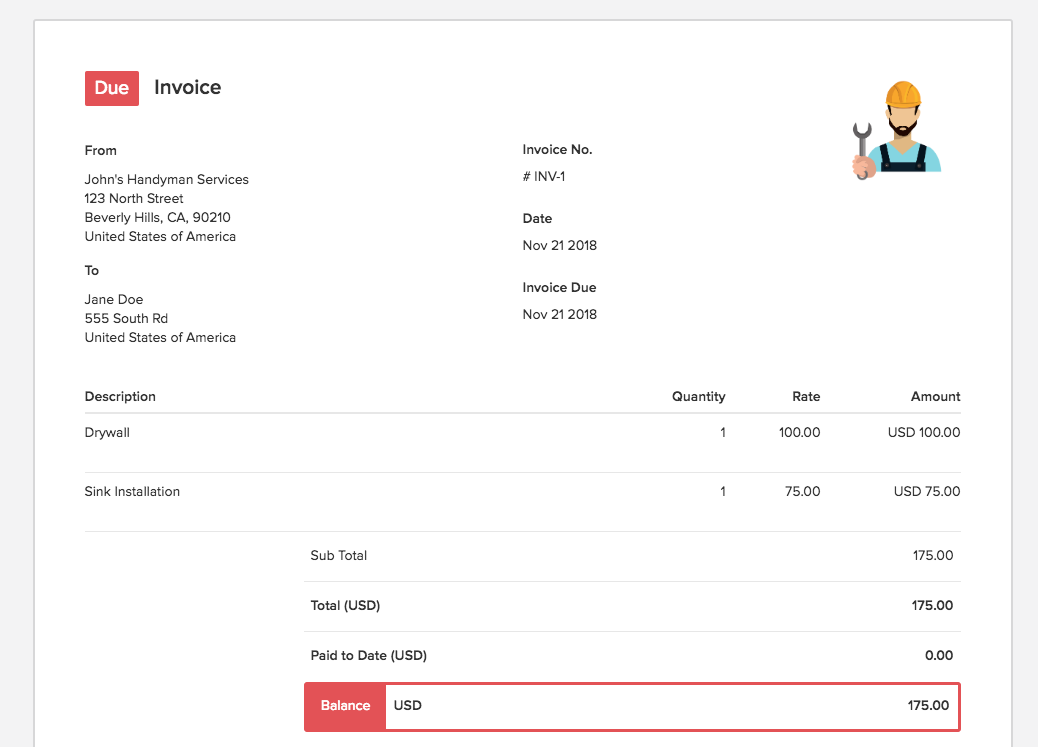
Planning a remodel is not easy. There are many factors to consider. These include a clear vision, setting a realistic timeline and hiring a contractor. Here are some tips to make your remodel go smoothly. It will be easier to stay on schedule and reduce stress by setting a realistic time frame. Last tip: Set aside some money to cover unexpected costs. You should also include extra days in your project schedule. You can avoid stress and overspending by planning ahead.
Having a clear vision
A clear vision for your home is key to planning. This means you need to know what you want it to look like, and how you would like it to be done. While many home remodels go according to plan, there are always unexpected setbacks. Therefore, it is important to have a realistic budget and to allow for unexpected events. However, it's important to remember that home renovations can be stressful, overwhelming, and intimidating. But if you know exactly what you want, it is possible to complete a remodel.

A realistic timeline
It is important to establish a realistic timeline for your home remodel. This will help you avoid any last-minute stress. You should allow for any unexpected delays or changes to your plan as well as any other unforeseen issues. When possible, begin your remodel during an off-season, when construction is at a low level. This will keep you on track and avoid any unanticipated issues.
Partnering with a contractor
Review the contract before you hire any remodeling contractor. This will help you to understand all details. This way, you will avoid paying the high fees that accompany traditional quotes and hidden service charges. You will work with a contractor who is familiar with your needs. During this time of economic crisis, it is important for contractors to maintain good relationships with their clients and earn their trust.
Avoid lead-based paint
When you plan a remodel, consider removing lead-based paint. This toxic material is harmful to your health, especially if you have children. Pregnant women are also at risk from lead dust. Lead-based paints should be avoided in pregnant women's homes. You can reduce your risk of being exposed by sealing the area where renovations are occurring. The EPA provides a pamphlet about lead-based paints and a link for certified contractors.
Water usage management
Many homeowners prefer to remodel their homes than sell them. It is a great way for you to contribute to the environment while also saving money on utilities. You can remodel your home in an eco-friendly way while still enhancing the beauty and value of your home. Installing low-flush toilets or LED bulbs can help you save money on water.

Managing your budget
Managing your budget when planning a remodel requires you to do some research. Although contractors can give you an estimate of the cost of materials, it is important to identify your exact needs. Taking measurements and scaling plans of your space will be helpful in calculating the costs of your project. Taxes and shipping and delivery fees will also be considered. Finally, you must consider disposing of appliances that are no longer needed after the remodel is complete.
FAQ
What happens if a handyman causes me damage or doesn't do his job as I would like?
It is your responsibility to notify your client immediately if any problems arise during the project. It is best to take photos and write down the details. Next, contact your insurance company and file for a claim.
What does the average handyman charge an hour?
Handyman fees range from $50 to $75 per hour. This is a job that most of them have done for years. On average, they work for around 10 hours. They do not need to be advertised; they are well-known in the area.
They develop long-lasting customer relationships and specialize.
Their key difference from other contractors is their quickness, reliability, and affordability.
Most people have at least two or three of these guys that they can trust enough to call for help when they need it.
Some are so good they have their own business.
How do I find a trusted handyman?
Before hiring a handyman, you should always verify references. Ask family members and friends who have dealt with them in the past. Look online as there are many review sites that allow handymen to post their own reviews.
Do I need a license in order to become handyman?
To become an independent contractor in most states, you don't need to have a license (as opposed with a salaried worker). You must still meet certain requirements.
-
Minimum 18 years.
-
Do you have a high-school diploma or GED?
-
A four-week course in a vocational school.
-
Check your background through the Department of Licensing.
-
To register for an annual subscription, pay $20
You will also require business licenses as well workers' compensation coverage.
What's the time taken by a handyman for a project to be completed?
It all depends on how large the project is. Larger projects usually take more time to complete. The average handyman will finish any size project within one week.
Do I need to train a handyman to do my work?
No. Handymen are already skilled and have the knowledge to tackle any job. All you need to do is give them the materials to complete the job.
What is the average time it takes to complete a DIY project?
The average DIY project takes anywhere from two to four hours. The length of the project will vary based on its complexity and difficulty.
Statistics
- A franchise was approximately $110,000 with a franchise fee of $14,900, according to a spokesperson for a national handyman franchise. (en.wikipedia.org)
- Mila keeps a commission of 20% for each completed service performed by Friends and charges various service fees regarding work done by Pros. (appjobs.com)
- More than 20% of homes in America have outdoor living spaces, including decks and patios. (mrhandyman.com)
- “Once the pandemic hit, that number fell to about 20%.” (inquirer.com)
- With a strong housing market, the handyman and general maintenance worker industry are expected to grow by nearly 10% in the next decade. (housecallpro.com)
External Links
How To
How to Replacing a Broken Tile
Step 1: Remove the old tiles.
The tiles should be removed from the flooring and placed aside. If you intend to use them, you will want to keep them intact. If they're damaged or missing pieces, note which ones they were so you don't run into problems finding replacements.
Step 2 - Choose New Tiles
Take a look at some different options available for tile replacement.
-
Find a new tile that's similar to the one you removed.
-
To match a tile, you can use the measurements you took after removing it. This makes it easier to get the right size without having to measure again.
-
Look for various colors, patterns, textures, sizes, shapes, etc.
-
If you have a preference for grout, consider what it would be best to use. Some people like a consistent color while others prefer mixing it.
-
It is important to ensure that the tile you choose resists moisture.
-
Consider the location of your tile. You can save both time and money by making sure that there is enough room for proper installation.
-
Once you've picked your tile, place an order online or call your local Lowe's location to place it.
Step 3 - Place the tiles.
To install your tiles, follow the same procedure as before. It is important to align them correctly so they fit together properly.
Step 4 -- Clean Up
Be sure to sweep up all debris from the floor before applying the final protective layer.
This will keep dust and dirt from getting into the grout between tiles, which could lead to mold.
Step 5: Sand down the Floor
Clean everything and sand the floor.
Step 6 -- Finish Off
After the floor has been smoothed, you can apply protective coatings to the tiles. It is important to wait before you apply the protective coatings.
To protect your floors from stains, you can use "damp-and dry" products.
However, it will not cover all possible problems that may arise after you have installed your tiles. You might want to add an anti-slip coating to the protective layer if there are a lot of children.
Finally, do not forget to keep the protective sealer on for several more weeks before you move back into your home.